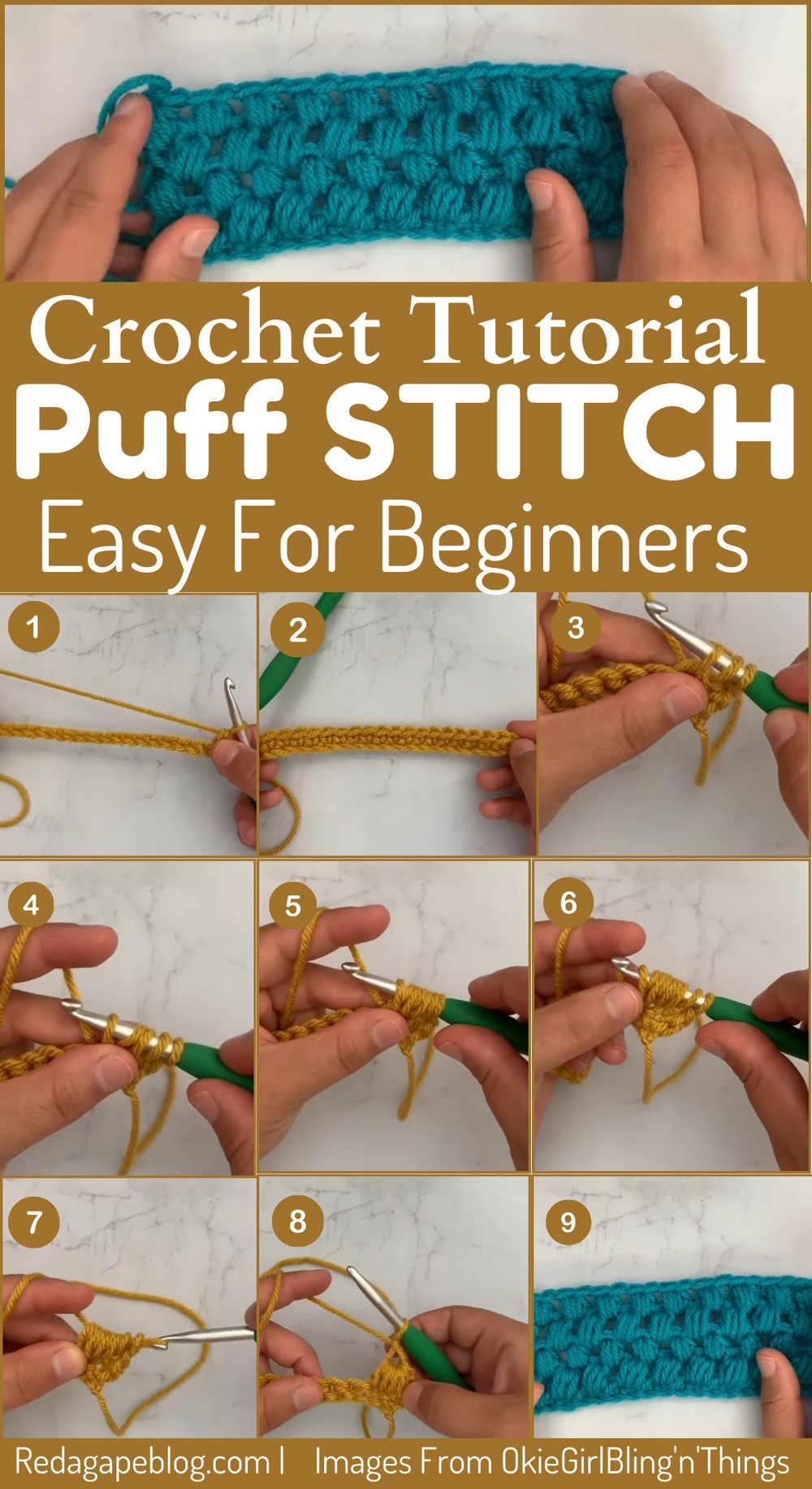How to Crochet Puff Stitch | Step-by-Step Tutorial

Puff stitch’s appealing texture makes it everybody’s loveliest stitch. You have come to the right place if you also want to learn how to crochet puff stitch. Like bobble and popcorn stitch, it will need very basic crochet procedures; even beginners can do that. In the tutorial, I shall provide pictures and many details about this stitch, like abbreviations, wrong and right sides, and much more. So, let’s get started!
Details About Puff Stitch
Abbreviation: The accepted abbreviation for the puff stitch in most crochet patterns is ‘puff.’
Stitch Multiple: The puff stitch is usually worked over an odd number of stitches. It’s a multiple of 2 plus 1. For example, if you begin your foundation chains with 21 stitches, you will have 20 stitches in your row, which gives you an even number of stitches to apply the puff stitch multiple of 2.
Skill Level: While not difficult, it requires more yarn overs, pull-throughs, and tension regulation than basic stitches like single and double crochet.
Do the wrong or right side matter? The wrong side and right side do matter because the pooping texture of the puff stitch is seen on the back side of where it is made.
Notes: One element to remember with the puff stitch is that it’s a definite yarn eater. Projects using this stitch will require more yarn than the same project using simpler stitches.
Puff Stitch | Step-by-Step Tutorial
Below, you will find the step-by-step instructions for the most famous classic puff stitch – one that uses 4 incomplete double crochet stitches into the same stitch.
- Yarn over. Insert your hook into the indicated stitch. Yarn over and pull up a loop. (3 loops on your hook.)
- Yarn over, insert the hook into the same stitch and pull up a loop. (5 loops)
- Yarn over, insert the hook into the same stitch and pull up a loop. (7 loops on the hook.)
- Yarn over, insert the hook into the same stitch and pull up a loop. (9 loops on the hook.)
- Yarn over one last time and pull through all loops.
- Chain one to secure the top of the puff stitch. It may be an optional step, but better to do.








